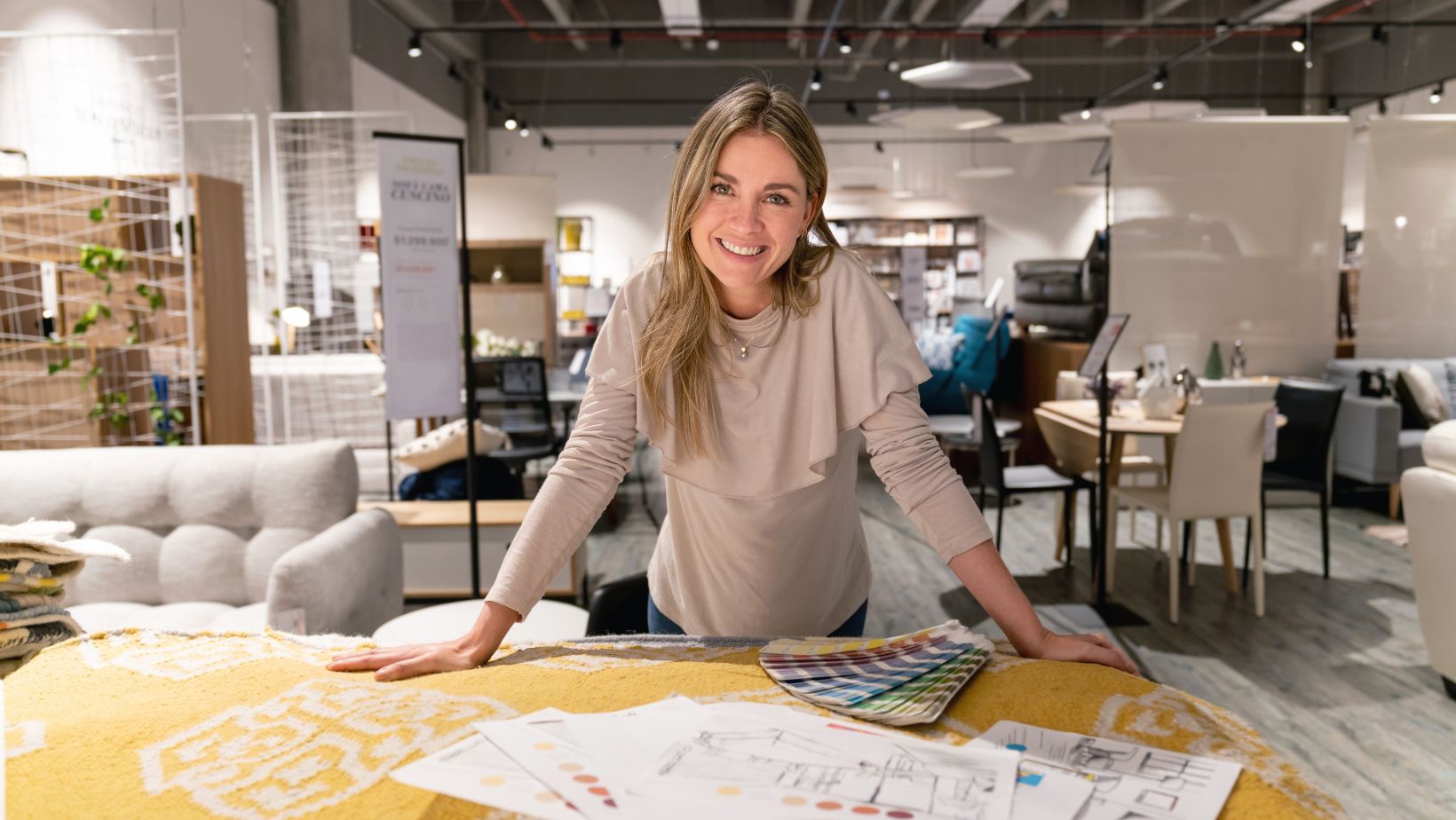
Australia’s population is aging, with the number of people aged 65 and over projected to increase significantly over the next few decades. As a result, the demand for senior living communities is expected to grow. However, it is crucial to ensure that these communities are designed to be sustainable and accessible to meet the needs of the aging population.
Importance of Sustainable and Accessible Design for Senior Homes
Sustainable and accessible design is crucial in senior homes due to the following reasons:
- It promotes the well-being of residents and staff.
- It enhances energy efficiency, which reduces operational costs.
- It reduces environmental impact.
- It enhances the value and marketability of the community.
- It aligns with the principles of corporate social responsibility.
Sustainable Design Solutions
Sustainable design solutions for senior homes include:
- Low volatile organic compound (VOC) materials: These materials release fewer harmful chemicals into the air and promote indoor air quality.
- Green roofs: These roofs can reduce energy consumption and create an environment for better health and comfort by providing residents with access to nature.
- Water-saving fixtures: These can reduce the consumption of water, which in turn reduces operational costs.
- Solar panels: These reduce energy dependence on non-renewable sources and reduce operational costs.
- Plantation shutters: These are often made from sustainable materials and can help with insulation, reducing energy consumption and adding a layer of privacy and security in the homes. Moreover, plantation shutters in Cairns can be a stylish and practical addition to any home, offering both aesthetic appeal and practical advantages.
Accessible Design Solutions
Accessible design solutions for senior homes include:
- Wide hallways and doorways: This allows for easier and safer movement for disabled or wheelchair-bound residents.
- Accessible bathroom fixtures: Grab bars, walk-in bathtubs, and wheelchair-accessible showers provide better safety and independence for residents.
- Lever doorknobs: These are easier to use than traditional doorknobs for those with limited hand dexterity.
- Audiovisual fire alarms: These systems provide alerts for residents with hearing impairments.
Senior living architects in Australia: These can guide for incorporating accessible design solutions compliant with regulations and sensitive to the unique needs of elderly residents.
Examples of Existing Senior Living Communities with Sustainable and Accessible Design
Several existing senior living communities incorporate sustainable and accessible design solutions, including:
- Baptcare Westhaven Community: This Melbourne community has a 6-star energy rating, features rooftop terraces, and boasts a range of environmental initiatives.
- Arcare: With 41 residential aged care communities across Australia, Arcare is committed to sustainable and accessible design, including rooftop gardens, wheelchair-friendly communal spaces, and accessible bathrooms.
- Baptcare the Orchards Community: Featuring a seven-acre site of open grasslands and conservation reserves, the Orchards Community also includes accessible spaces and low-emission building materials.
- Uniting AgeWell Kyarra: This community incorporates rainwater harvesting and energy-efficient systems, with a focus on accessibility for residents.
- Royal Freemasons Benevolent Institution Home: This home in Ballarat incorporates sustainable heating and cooling systems and accessible bathrooms and living spaces.
Benefits of Sustainable and Accessible Design
The benefits of sustainable and accessible design for senior homes include:
- Enhanced health and well-being of residents and staff
- Increased energy efficiency
- Reduced environmental impact
- Lower operating costs
- Increased marketability and community value
Challenges and Considerations
Challenges and considerations in designing sustainable and accessible senior homes include:
- Increased construction costs upfront
- Balancing aesthetics with functionality
- Ensuring compliance with regulations and legislation
- Meeting the unique needs of elderly residents
- Adapting to emerging technologies and design trends
Future Outlook and Recommendations
There is potential for widespread adoption of sustainable and accessible design in senior homes.
Policies and best practices could be established to incentivize and regulate the incorporation of these design solutions in aged care homes. Key considerations for future development and expansion include:
- There is a need for continued research and development in the industry.
- It is important to consider the unique needs of the aging population.
- Partnerships between industry players, designers, and policymakers to find innovative solutions for sustainable and accessible design.
Conclusion
Designing sustainable and accessible senior living communities is a crucial step in meeting the changing needs of the ageing population in Australia. Incorporating sustainable and accessible design solutions can benefit the environment, the community, and individual residents’ health and well-being, and it is essential to make these design considerations a priority in future development.



More Stories
Transform Your Yard with Artificial Grass Landscaping
6 Practical Ways Healthy Habits Can Transform Your Home and Life
How to Pick the Ideal Outdoor Sauna Kit for Your Yard